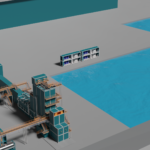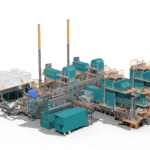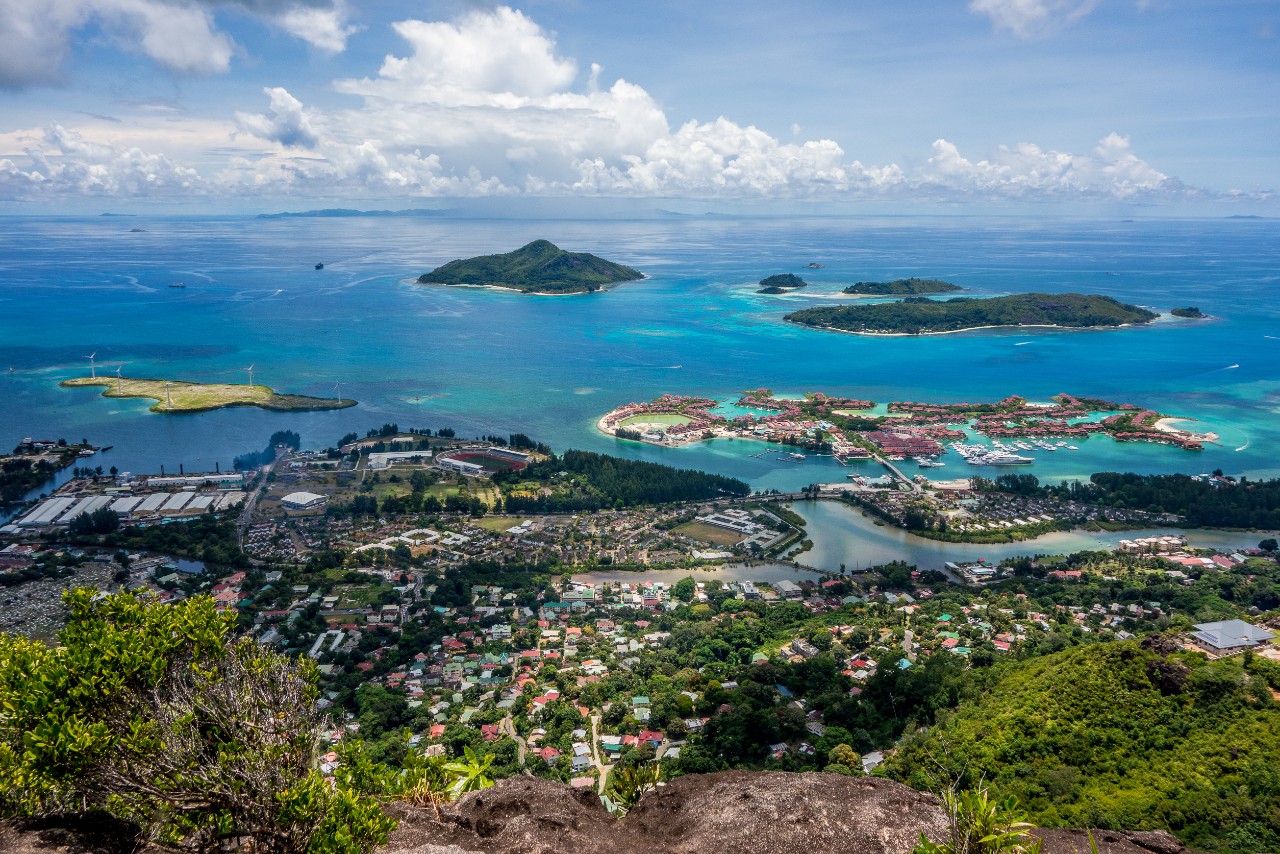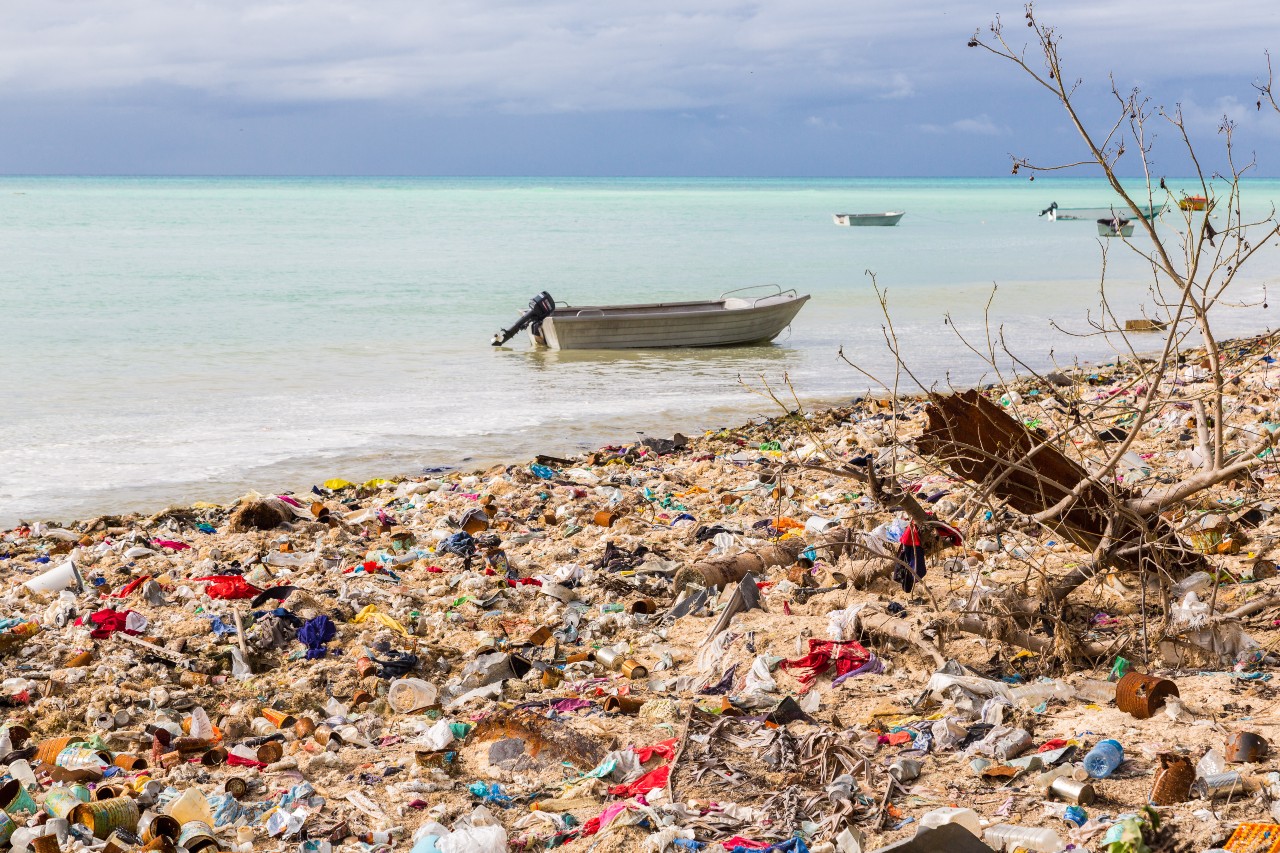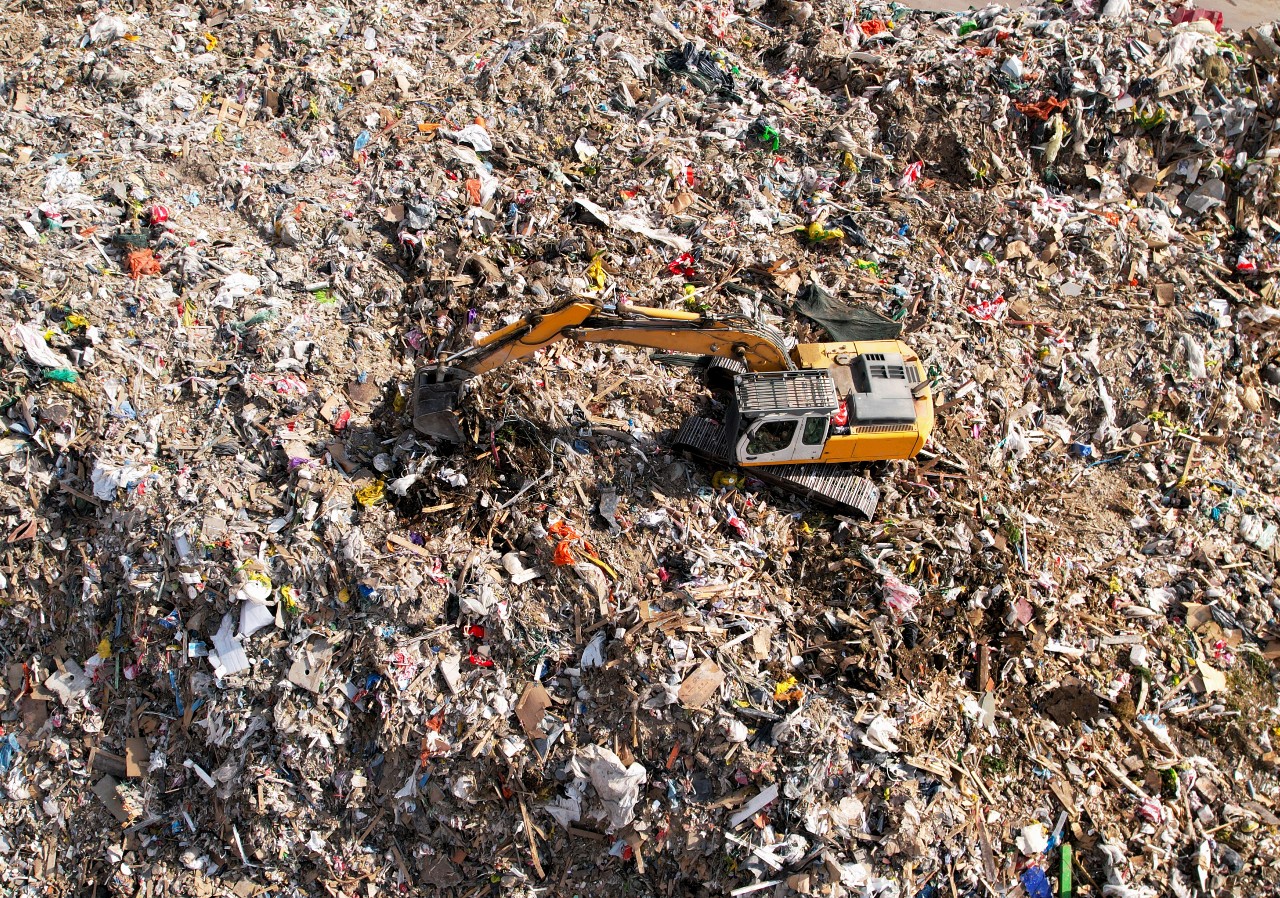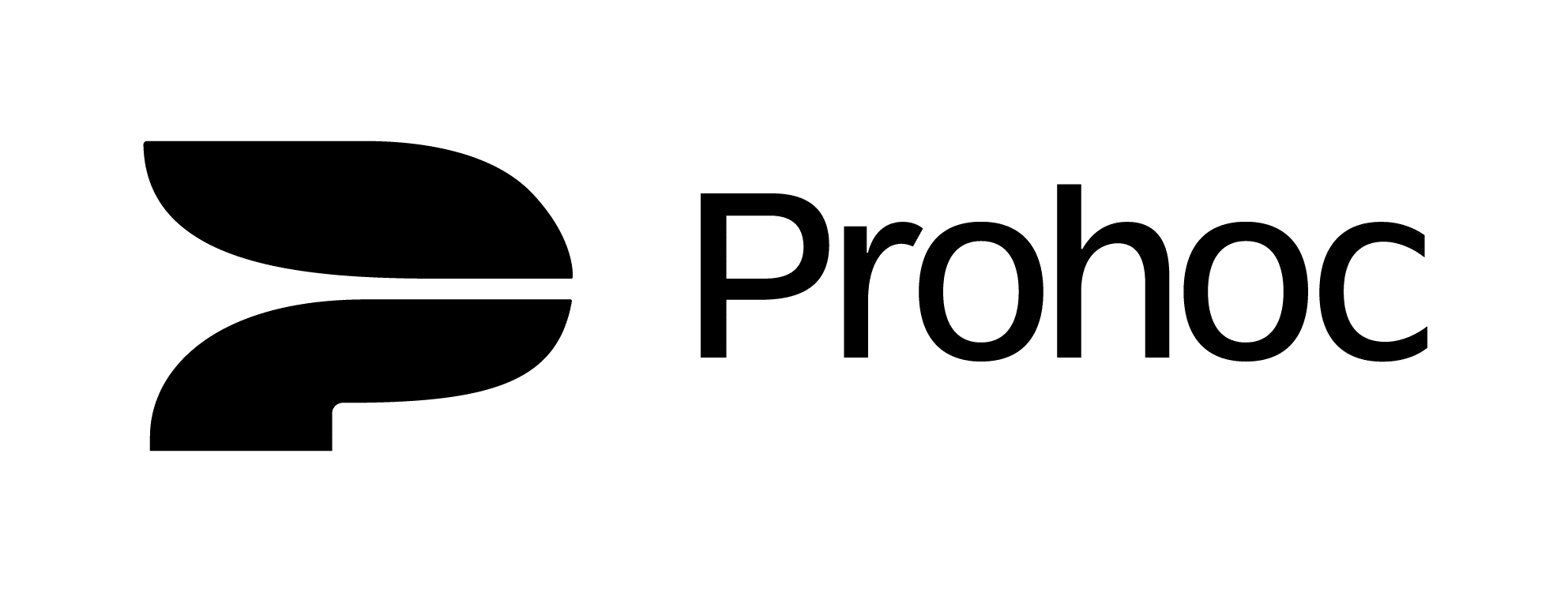The Seychelles is an archipelago nation with an estimated population of 92,000. Its 115 islands are located 1,500 kilometers off the eastern coast of Africa in the Indian Ocean. It spreads over an area of 1.4 million square kilometers. Due to its geographical, economic, and social characteristics, the Seychelles is characterized as part of the 51 small island developing states (SIDS). It has the smallest population of any sovereign African country. Other nearby island countries and territories include Comoros, Mayotte (region of France), Madagascar, Réunion (region of France) and Mauritius to the south; as well as the Maldives to the east. It has the smallest population of any sovereign African country.
The Seychelles were uninhabited throughout most of recorded history. The earliest recorded sighting by Europeans took place on 15 March 1503, when Portuguese Admiral Vasco Da Gama’s ships passed close to Silhouette Island. The earliest recorded landing was in January 1609, by the crew of the “Ascension” under Captain Alexander Sharpeigh during the fourth voyage of the British East India Company. A transit point for trade between Africa and Asia, the islands were said to be occasionally used by pirates until the French began to take control starting in 1756 when a Stone of Possession was laid on Mahé by Captain Nicholas Morphey. The islands were named after Jean Moreau de Séchelles, Louis XV’s Minister of Finance.
Today, Seychelles boasts the highest nominal per capita GDP in Africa, excluding the French regions. It is one of only a handful of countries in Africa with a high Human Development Index. It is also the only country in Africa which is classed as a high-income economy by the World Bank. Despite the country’s newfound economic prosperity, poverty remains widespread and one finds a high level of economic inequality, one of the highest in the world, and unequal wealth distribution among the populace, the upper and ruling class commanding a vast proportion of the country’s wealth.
The inhabitants of the archipelago generate over 50,000 tons of waste per year (up to 75,000 tons in 2014) of which 90 percent end up in landfills. There is a lot of international financial support for Seychelles’ waste treatment programs. The Consolidated Fund provides 11,314,000 Euro, the Waste Management Trust Fund finances partly the levy system for PET bottles and aluminum cans and the Environment Trust Fund has an annual budget of approximately 340,000 Euro. The Providence II landfill was paid for by the European Development Fund, the landfills Amitié on Praslin and L’Union on La Digue were grant-aided by the Praslin Development fund until 2010. Furthermore, over 1.1 million Euro is generated annually from waste collection, and there are some more financial, legal, and technical solutions to improve waste management in the Seychelles. But still the archipelago’s municipal waste is collected primarily from communal bin sites, compacted in specialized trucks and transferred to controlled landfills.
Today, the Seychelles’ environment ministry is looking into the possibility of building a waste-to-energy plant and having a more sustainable waste management strategy. An area has already been identified for the potential plant at Providence, where the two landfills are located. The waste-to-energy plant is one of the strategies the Ministry of Environment is looking into under the newly endorsed National Waste Policy for the next five years – 2018 to 2023. The main goal of the policy is to manage waste in a sustainable manner in order to protect the environment and improve the quality of life in Seychelles.
WOIMA has the perfect solution to support the “Sustainability for Seychelles (S4S)” initiative. We have developed a modular wasteWOIMA® waste-to-energy power plant that is prefabricated into standard sea-container-sized modules and thus easy and fast to deliver anywhere in the world. It recycles the waste into raw materials and energy in the most efficient manner reducing the waste quantity by over 95%. And if requirements change over time, the power plant can be dismantled and relocated elsewhere leaving just the concrete base slab behind.
Read more: Holiday Resort Waste-to-Energy Solution use case
Did you know how Finland is doing?
Pollution NOT Threatening UNESCO World Heritage Sites – Case Kvarken Archipelago, Finland
Not Drowning in Waste – Case Finland
Contact WOIMA, if you see yourself as collaboration partner in saving the planet. Ask more about turning waste into wellbeing with WOIMA Circular Economy Solutions.

